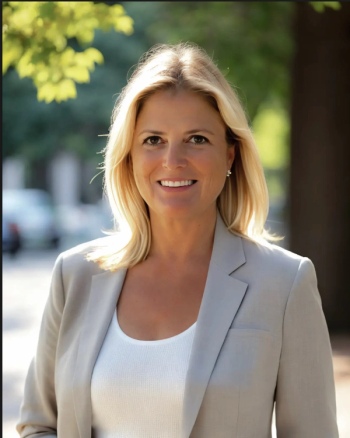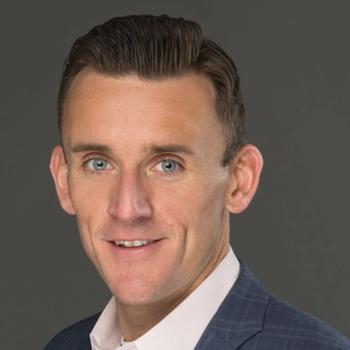
Trends in Continuing Medical Education
Elliott Yoo, Senior Media Strategist at epocrates, takes a closer look at the trends in CME consumption and what the future of medical education will be – from the priorities for physicians as they juggle learning with patient care, to what type of activities resonate most with prescribers.
Continuing Medical Education (CME) is a necessary — and frequent — part of every healthcare professional’s (HCP) career in order to maintain their medical licensure. In the past, CME was predominantly offered at industry events or via written publication, but we have seen a steady increase in demand for digital and hybrid CME activity over the past decade. The COVID-19 pandemic spurred even greater investment in online educational resources as people were forced to limit person-to-person interactions, and digital CME is a trend we see growing to this day. Insights into HCP behavior are useful in understanding the HCP and CME landscape. This Q&A takes a closer look at the trends in CME consumption and what the future of medical education will be — from the priorities for physicians as they juggle learning with patient care, to what type of activities resonate most with prescribers.
1.) Can you speak generally about the recent CME consumption trends across the industry?
Looking at industry research, including the
What’s interesting to dive deeper into is the enduring materials, which is defined as an activity the participant decides where and when to complete - such as an online module. The research showed these online modules were the most common type of CME course, proving that HCPs value the convenience of digital learning from their home or office. We’re also seeing the number of physician interactions remaining consistent for CME, but simultaneously, “other learner interactions” increasing. “Other learners” include professions like nurses, pharmacists, PAs, etc. In other words, there continues to be an increase in activity among non-MD/DO professionals, either for maintaining their licenses or for seeking more knowledge.
At epocrates, our own data aligns with these industry trends. Nurse practitioners start the most CME activities in the app, followed by medical doctors (MD/DO), which reflects the trend ACCME noticed with non-physician interactions outpacing MD/DO interactions. We also noted healthcare providers with prescribing capabilities are more likely to complete CME activities, not only because they require it to maintain their license, but they are also seeking new knowledge to improve their patient care abilities.
2.) What’s the catalyst behind these trends?
The industry can point to a few catalysts driving these trends. The first being the COVID-19 pandemic, where due to social distancing requirements, online CME accelerated in the industry. As vaccinations started rolling out and in the years since, CME institutions have reinstated in-person events, but we’re still seeing that HCPs prefer the convenience of digital CME.
Simultaneously, research is showing that almost all of U.S. physicians are
3.) How do CME trends differ among professions and specialties in healthcare?
Our data shows that across specialties, family practice and internal medicine HCPs participate in the most CME, and that correlates with how the PCP specialty is the largest specialty across the nation. In terms of completion rates for the courses, psychiatry, dermatology, orthopedic surgery, and general surgery all performed very well with rates above 60%, but all major specialties achieved completion rates above 50%, thus HCPs across specialties and occupations are participating in digital CME. User participation peaks at midday, with continued activity in the afternoon and evening, showing again, the importance of work-life balance for these providers.
4.) As we look to the future, what can we expect to see for CME?
It’s of course challenging to predict what the future holds, but looking at
5.) How can the CME market best adapt to the needs of HCPs and alternatively, how can HCPs prioritize CME in their busy schedules?
As we talked about, the COVID-19 pandemic accelerated the development of online CME courses due to social distancing restrictions, creating more opportunities in the digital space. Online CME has significant upside, including providing flexibility and convenience since healthcare providers can complete them on their own schedule, allowing better time management for the overworked physician.
Flexibility has become increasingly important with research showing it actually drives the
Newsletter
Lead with insight with the Pharmaceutical Executive newsletter, featuring strategic analysis, leadership trends, and market intelligence for biopharma decision-makers.





